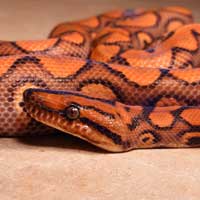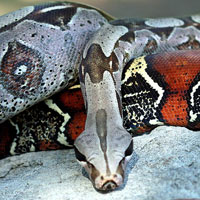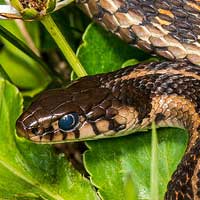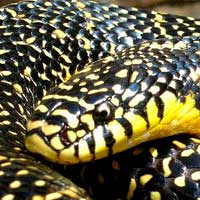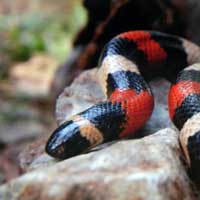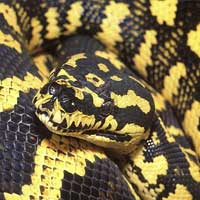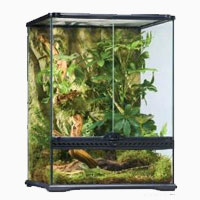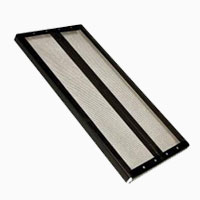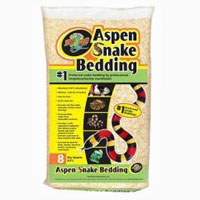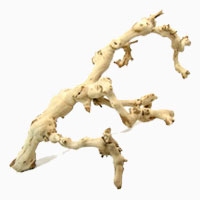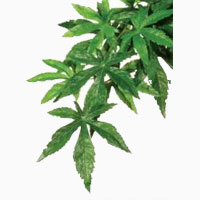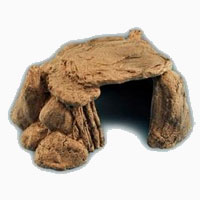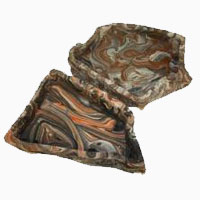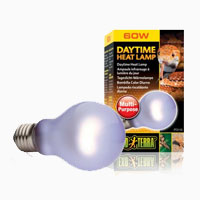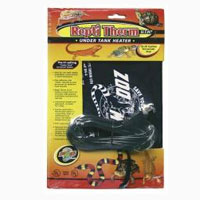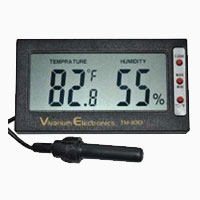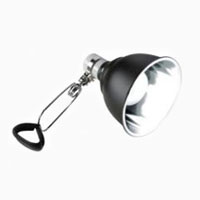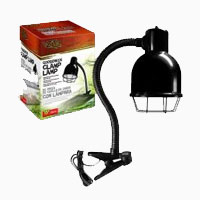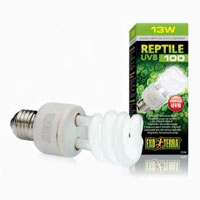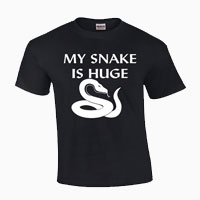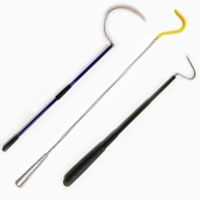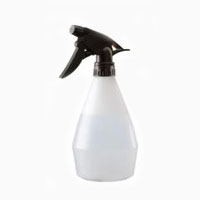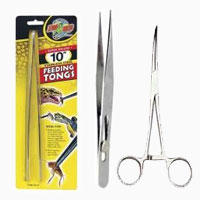Inland Carpet Python
Scientific Name: Morelia Spilota Metcalfei
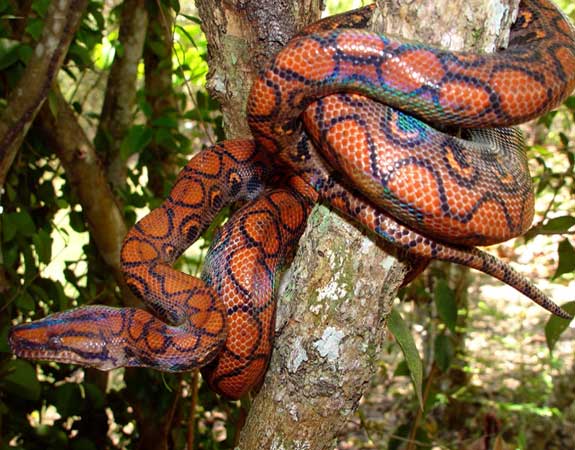
Share this Post
This is a non-venomous species of snake. Adults measure six to eight feet in length, sometimes reaching an impressive twelve feet. The reason why the genus contains the name ˜carpet is that they possess old carpet designs in very intricate color patterns. Typical inland carpet pythons have interplay between shades of brown and beige, overlaid with grey or blackish blotches or in some cases stripes or cross bands. The more spectacular variants exhibit a combination of these patterns. Ironically, Inland Carpet Pythons are typically silvery grey or stunning black in color. They thrive in temperatures varying from 24 to 32?C. They feed on a diet of rats, mice, lizards and small mammals.
Inland Carpet Pythons Are Beautiful Creatures
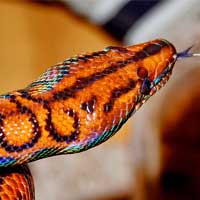
Facts About Inland Carpet Pythons
Geographic Location
Inland Carpet Pythons inhabit various parts of Australia from the southwestern part of Queensland down through New South Wales, Victoria all the way to Southern Australia.
Habitat
The Inland Carpet Python prefers tropical rainforests. In isolated cases, they find plenty of comfort living in ceilings of people’s homes.
Behavior
These snakes are terrestrial in nature, though arboreal to a very small extent. They are docile and quiet. They kill prey by way of constriction. As far as handling goes, handlers must not grip them tightly. Restraining such a snake by its head is ill advised.
Reproduction
The Inland Carpet Python is oviparous. They lay eggs in isolated areas for instance tree boles and hollow logs, offering protection as they incubate them. Should temperatures fall too low for comfort, the female shivers to generate that extra heat. Ideal embryonic development takes place at a temperature of 30?C. An average clutch consists of 21 eggs, each measuring 49 to 61 mm with a weight ranging from 38 to 43 grams. The large clutch size is an adaptation to the very high mortality rate that characterizes the offspring. Out of the twenty-one eggs, the average success rate is eleven hatchlings. Ironically, they grow to become very hardy reptiles.
Captivity
They require large escape-proof enclosures, as they are very adventurous and love crawling about. Glass enclosures are not good for them as loose heat at a very fast rate. It is a good idea to provide rocks, useful at shedding phases. In conjunction with hollow logs, they provide a good avenue for temperature regulation. They love climbing trees, so providing climbing apparatuses is advisable. A good supply of clean water should be in close proximity. It is prudent to handle them with clean hands, lest they take their handlers hands for food. They need feeding at most once a week, with a diet of dead prey. Live prey may have the counteractive effect of harming the snake. Young snakes can comfortably live on pinkie mice but must be weaned of these sooner rather than later. A 5-foot python will be contented with a rat every two weeks or two mice a week. The telltale signs of hunger are very clear. The Inland Carpet Python begins to hunt. Since they are hardy, give off minimal odor and are a calm subspecies and do not demand a great deal of maintenance.
